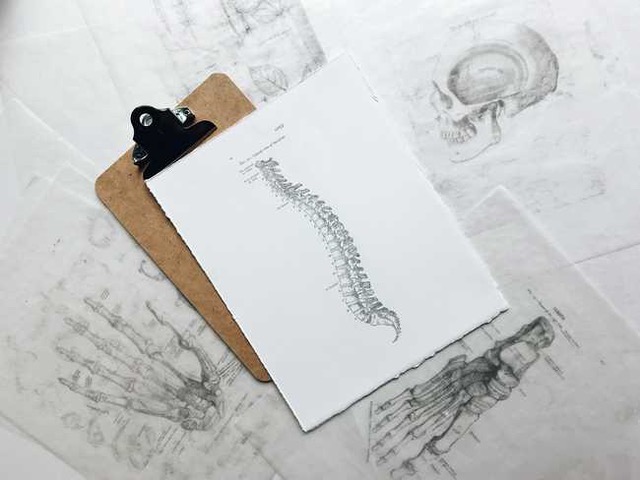Osteoporosis is a common condition that is characterized by the loss of bone density, leading to the bones becoming weak and brittle. Osteoporosis can increase the risk of fractures, in particular the hip, wrists and spine. In the early stages of the condition, many people have no idea that they have lost bone density. As the condition progresses, however, vertebral fractures can occur and these may lead to back pain and loss of mobility.
How Osteoporosis Affects the Spine
Most tissues in the body grow by dividing cells in two, but bone is different. Bones in the body go through a continuous process of old cells breaking down and new ones being built to replace them. When bone cells break down faster than they can be replaced, this is known as osteoporosis.Most people’s bone density peaks between the ages of 18 and 25, and as they get older, the speed of bone re-modeling is no longer able to keep up with the speed of bone resorption, leading to a drop in bone density. As this happens, the bones are more susceptible to compression fractures and damage from minor stresses.
Compression Fractures and Back Pain
The spine absorbs a lot of shock and impact over the course day-to-day life. One of the early signs of osteoporosis is stress or compression fractures. The vertebral body, the wide, flat part of the vertebra, is the part of the spine that is most susceptible to stress, especially from the impacts associated with walking.Spinal fractures can lead to:
- Back pain around the site of the fracture
- A hunched back
- Loss of height
- Loss of mobility
- Respiratory and cardiovascular complications
- Neurologic injury
- Loss of self-esteem
Minor fractures can often occur without any symptoms, or the onset of symptoms may be delayed. Vertebral compression fractures may develop suddenly if, for example, a person slips and falls.
Can Osteoporosis Be Treated?
The good news is that osteoporosis and spinal disease can be managed. Lifestyle changes, including diet and exercise, can help to slow the progression of osteoporosis. Increasing calcium intake is an important first step towards mitigating the condition.If the osteoporosis has progressed to the stage that there is associated back pain, then gentle exercise may mitigate some of the pain, however, many people will require corrective procedures to reduce the pressure on the disks and fix damage to the vertebrae.If you are struggling with chronic back pain, don’t suffer in silence. The specialist care team at CNY Brain and Spine is here to help you and may be able to recommend minimally-invasive, effective treatments for chronic back pain. Contact us today to learn more about the treatment options available and to book a consultation.

